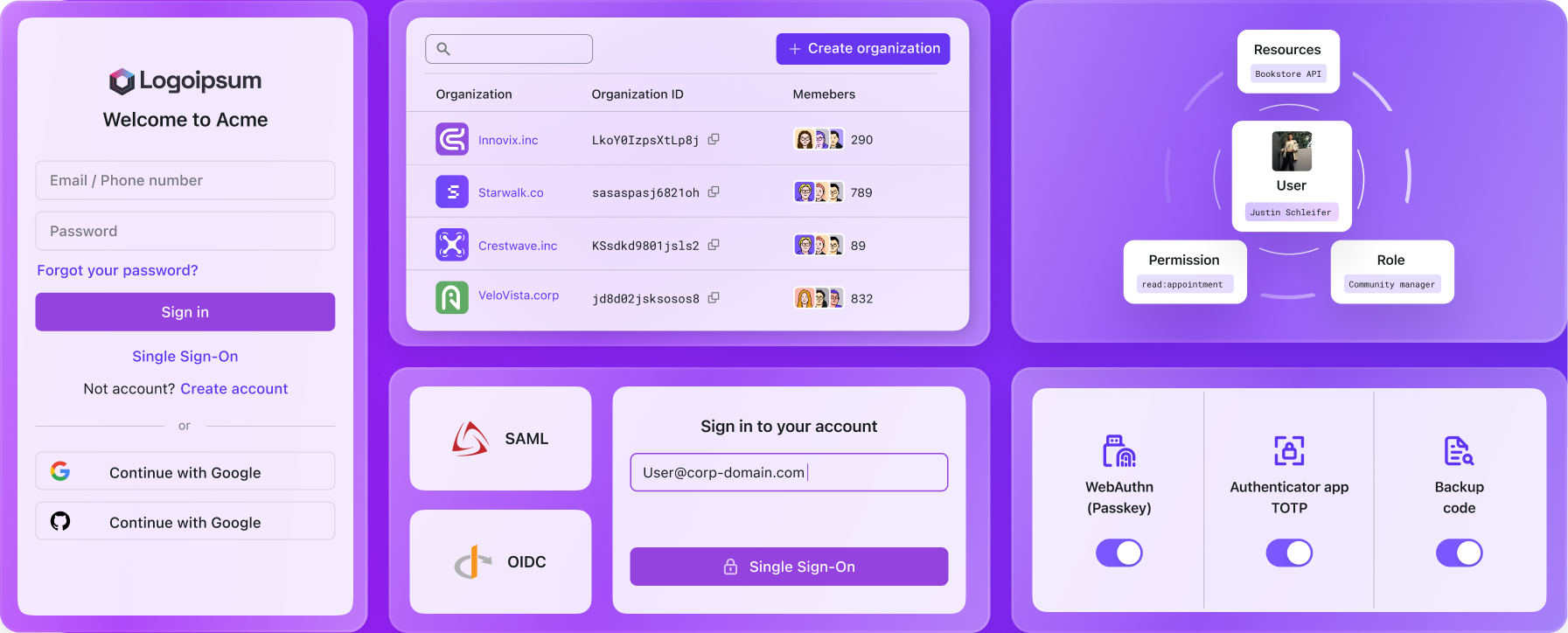English
Vibe code using Lovable AI and Logto to quickly build your app and handle login flows
Lovable is an AI-powered coding agent that helps you build full-stack apps using natural language: frontend, backend, database, and deployment, all in one place. With the support for Logto, you can now add secure login, user management, and auth flows effortlessly.

